For all of his 19 years, Raghoo has been challenging what is considered the norm. Born with Cerebral Palsy (CP), a motor impairment disorder that affects movement and posture, Raghoo was given little chance at life, let alone qualifying for the Paralympics.
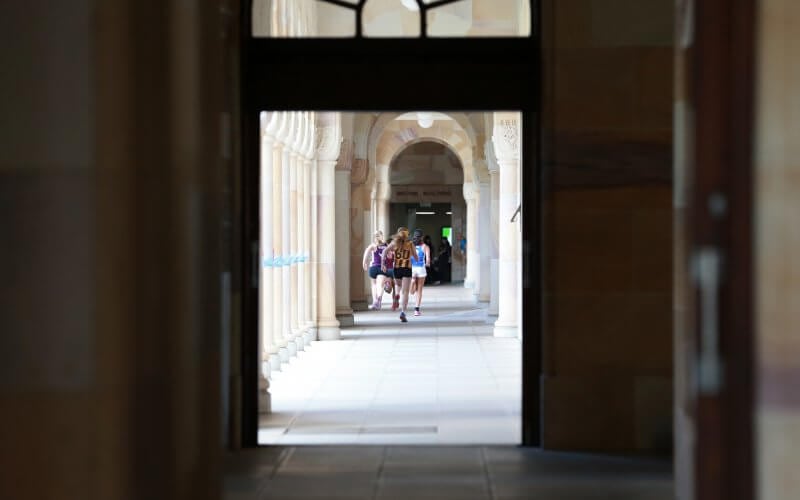
Inspired by Cambridge University’s iconic Great Court Run, the event takes in a 636m lap of the UQ St Lucia’s Great Court – challenging even the most experienced of runners.
When it comes to training Great Court Race winners, you’ll be hard-pressed to find a more successful coach than UQ Athletics Club alumnus, UQ Blue and UQ Sport Life Member, Mr Tony Booth OAM.
Ahead of the 31st edition of the Great Court Race, UQ Sport sat down with Mr Booth for an inside look at what’s required to win UQ’s blue-ribbon athletics race.
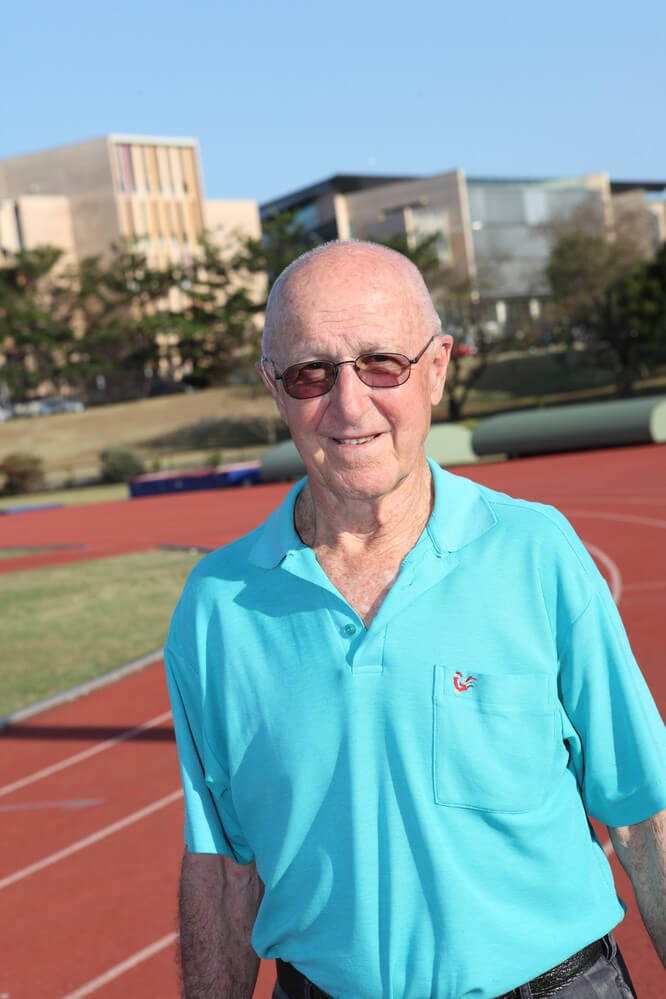
Mr Booth, you’ve been involved in the Great Court Race since the event’s inception in 1985. You coached last year’s Men’s winner, Max Whiteoak, but over the years how many winners have you trained?
A lot, over a long period of time! One of the girls I coached (Georgina Rigby) was the winner of the first women’s event in 1986. There were no girls racing before that time, just the men’s. But she won two years in a row, and went on to become a reasonable middle-distance 400m runner, eventually winning the State Championship in the 400m. I’ve coached varied numbers of men. The fastest runner I ever had was Tony Scott, who was one of the best 800m runners in the country at the time, and won the event twice (1992 and 1993). Other people I’ve coached who have won are Stuart Bowden (2001), Garth Silva (2002), Leo Mewing (2003), Ben Crabb (1994 and 1995), while Max Whiteoak was the most recent.
The most successful female I ever had was Daina Surka. She won five years in a row (2003-2007), and that was only in recent years. I had been coaching her since she was 12, then she came to The University of Queensland and won the event. The final year (2007) she won was just a tick outside the record (Surka’s time of 1.41.77s was just shy of 1993 winner Sandra Dawson’s then-record of 1.41.68s), which has since been broken (Caitlin Sargent’s 2012 time of 1.4.16s). The highlight of the Great Court Race for me, was the fact that she won the fifth year – five in a row had never been done before. Sandra Dawson had won five, but she had a break in the accumulation of them.
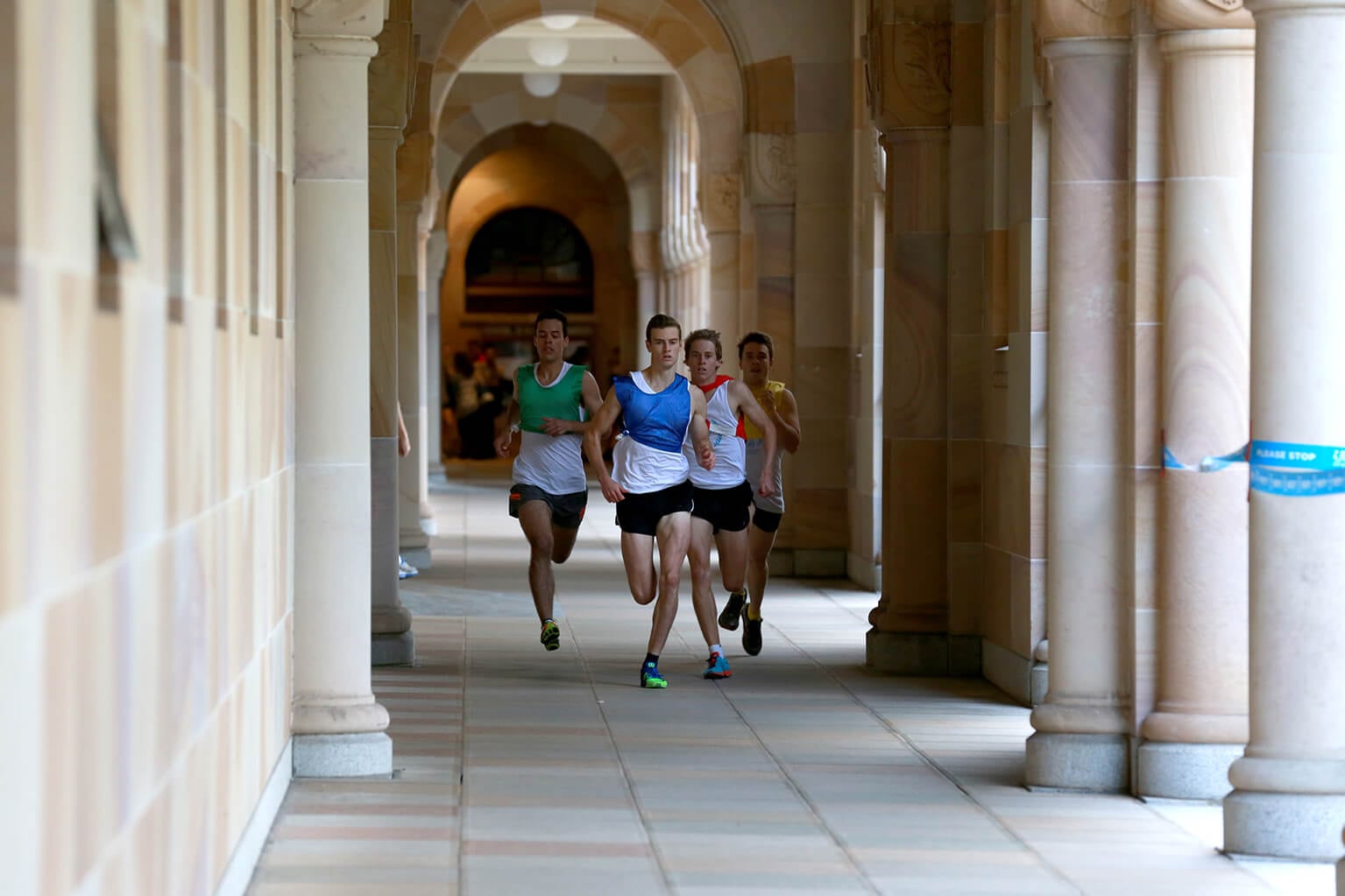
Are there certain tactics involved in running the perfect Great Court Race, or does it simply come down to natural athletic ability?
There’s nothing special about it. You have to be a good runner to do it. It’s a difficult course. Generally, you have some preliminary runs around the Great Court on the weekend, not racing, but just to get use to the feel of the corners. As you know, there are two virtually right-angle bends. They take a bit of negotiating, so you have to figure out how to get around them at speed. But there’s no special tactics. You just go out as fast as you can. It’s like running a 600m race on the track – you just get stuck right into it.
There’s no special training. You need to be a runner of some ability over 400, 800 or 1500m. Not that it’s a great endurance event, it’s a mad dash!
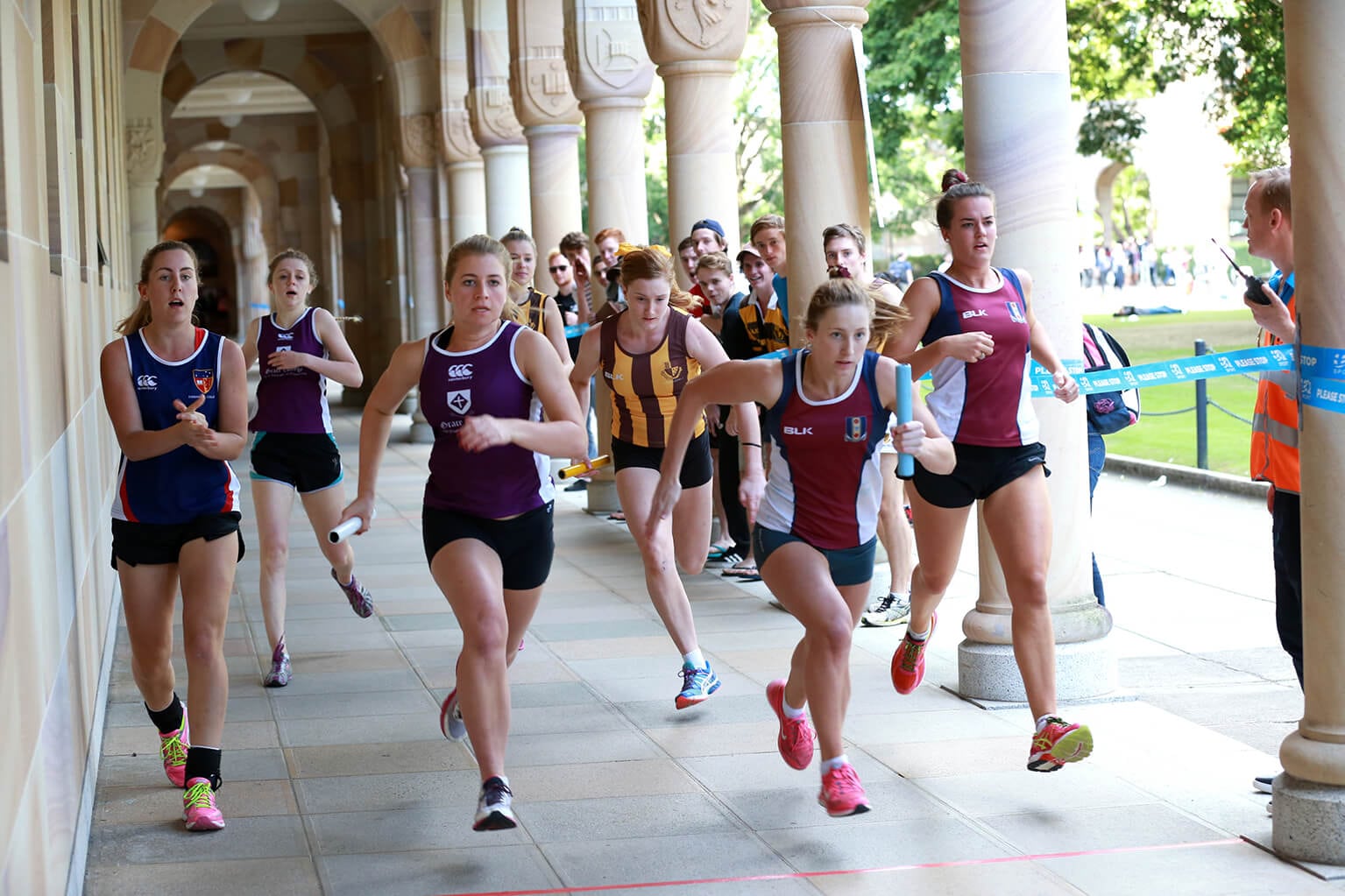
To many, the Great Court Race is a major highlight on the UQ sporting calendar. In your view, how significant is the event and what can first year participants and spectators expect on the day?
I think it’s good for any undergraduate students who are runners to have it on their CV. To say, ‘I ran in the Great Court Race’, it’s something that is so unique. There are similar events at other places that are much shorter, but UQ lends itself to having this spectacle. You stand in the middle of the Court, and follow the runners along the track. It attracts attention when the events are on.
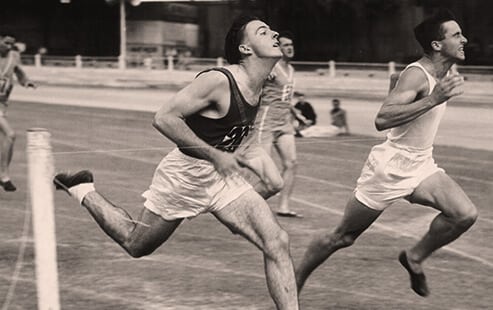
Your time in athletics, both as an athlete and coach, spans over 70 years. Can you give us an insight into your current coaching involvement, and the athletes you work with?
I come to UQ on Tuesdays and Thursdays for training, then on Sundays it’s hill work and cross country running day. I don’t have a big squad anymore. Some are university students, some not, but over the years, most of the people I trained who weren’t students went on to university. They came from a reasonably good academic background, so that’s been my involvement.
I’ve been involved with coaching here at UQ when the number 7 oval (UQ Sport Athletics Centre) was then known as the number 3 oval. Then it became number 5 oval when the track went round it. My involvement with coaching started there in 1955, which is a fair time outside most people’s memories! I’ve seen great athletes come and go through the UQ Athletics Club. We’ve had a very strong club dating back to 1950’s.

